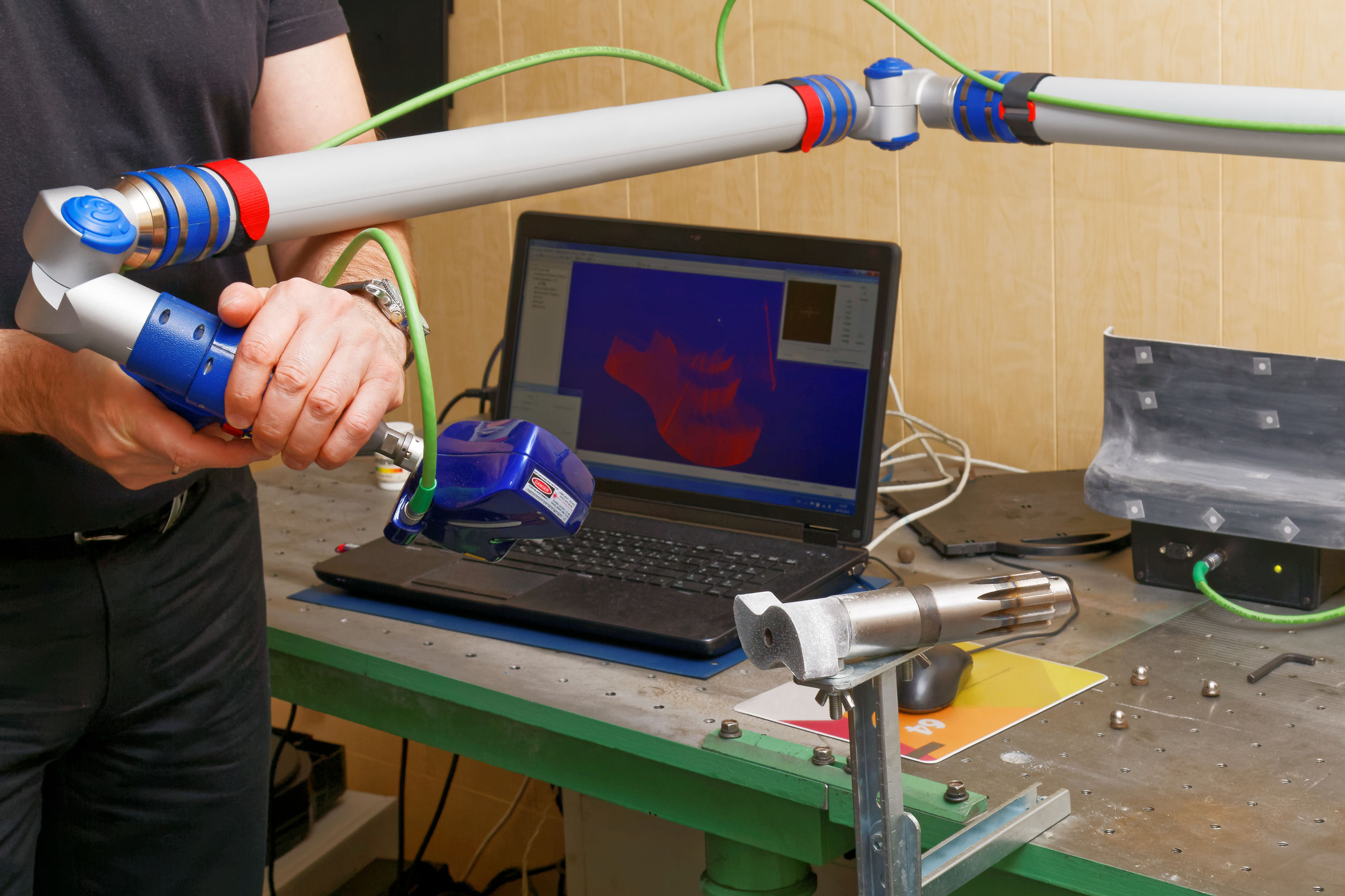Reverse Engineering: A Technical Perspective

Reverse engineering is the process of examining a system, device, or software in order to understand its design and functionality, and then recreating it from scratch. It is often used to create compatible products, improve existing ones, or identify security flaws.

There are many different approaches to reverse engineering, but the general steps typically involve:

- Disassembly: Breaking down the system or device into its component parts.
- Analysis: Examining the components to understand how they work and how they interact.
- Reassembly: Creating a new system or device from scratch that is based on the understanding gained from the analysis phase.
Reverse engineering can be a complex and time-consuming process, but it can be very rewarding. It can help engineers to learn about new technologies, develop new products, and improve the security of existing systems.
Here are some of the specific techniques that are used in reverse engineering:
- Code analysis: Examining the source code of a software program to understand its design and functionality.
- Circuit analysis: Examining the electrical connections of a circuit board to understand how it works.
- Mechanical analysis: Examining the physical components of a device to understand how it works.
- Failure analysis: Examining a device that has failed to understand the cause of the failure.
Reverse engineering is a powerful tool that can be used to gain a deep understanding of how a system or device works. It can be used to create new products, improve existing ones, or identify security flaws.
